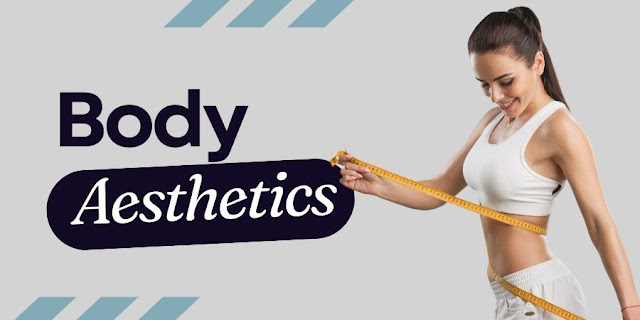The Evolution of Body Aesthetics
 |
| Body Aesthetics |
Ancient Beauty Ideals
Throughout history, different cultures have had their own unique standards of beauty. In ancient Egypt, for instance, physical beauty was often associated with clear, unblemished skin and well-proportioned bodies. In Greece, the concept of ideal beauty was deeply rooted in the golden ratio and symmetry, which heavily influenced art and sculpture. The Maasai people of East Africa historically prized elongated earlobes and stretched necks as symbols of beauty and social status.
Modern Beauty Standards
Modern beauty standards have been significantly shaped by the media and popular culture. The fashion industry, film, television, and social media play a major role in dictating what is considered beautiful. These standards often prioritize certain body types, skin tones, and facial features, creating a narrow and sometimes unattainable vision of beauty.
The Influence of Media and Advertising
The beauty and cosmetic industry is a multi-billion-dollar global enterprise, and it heavily relies on promoting specific beauty ideals. Advertisements often airbrush models and celebrities, creating an unrealistic standard of beauty that can lead to body image issues and self-esteem problems for many individuals.
The Impact on Mental Health
The pressure to conform to societal beauty standards can have a profound impact on mental health. Many people experience body dissatisfaction and low self-esteem when they feel that they don't meet these standards. This can lead to various mental health issues, including anxiety, depression, and eating disorders. It's essential to recognize the damaging effects of unrealistic beauty ideals and work towards more inclusive and body-positive representations in the media and society.
The Importance of Body Positivity
Embracing body positivity is a movement that encourages self-acceptance and self-love, regardless of one's physical appearance. It promotes the idea that beauty comes in all shapes, sizes, and forms. The body positivity movement encourages individuals to reject harmful beauty standards and appreciate their bodies for their uniqueness and individuality.

The Maasai people of East Africa historically prized elongated earlobes and stretched necks as symbols of beauty and social status.
ReplyDelete